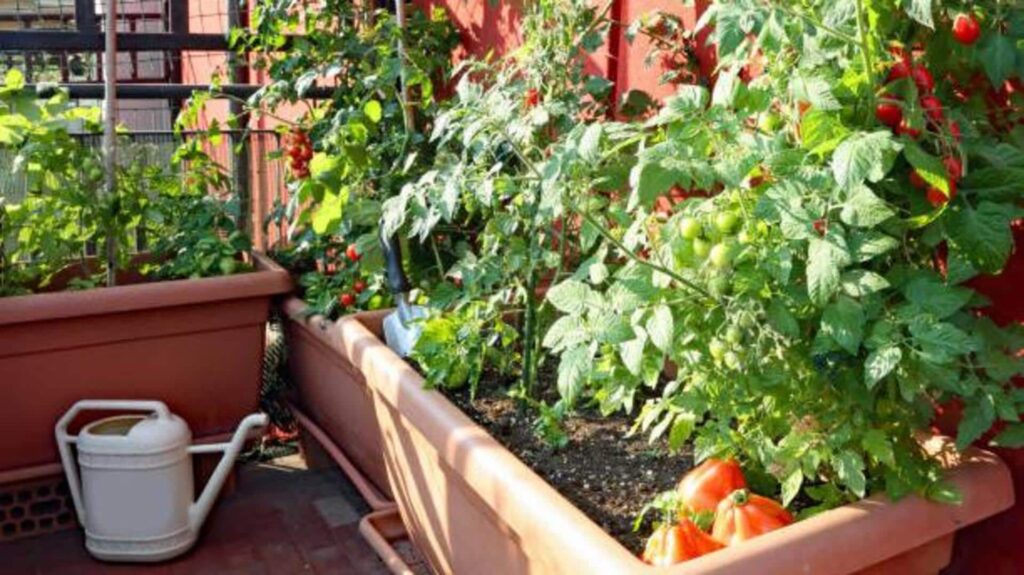**How to Grow Vegetables in Small Spaces**
*By Simran Jeet | Oct 06, 2025, 01:34 pm*
Urban African spaces can be challenging for vegetable gardening, but with the right techniques, it’s possible to make the most out of limited areas. By using innovative methods and sustainable practices, you can grow a variety of vegetables even in small spaces. Here are some practical tips to help you start your vegetable garden in an urban setting.
### 1. Vertical Gardening Techniques
Vertical gardening is a great way to maximize space by growing plants upwards instead of outwards. Use wall-mounted planters, trellises, or hanging pots to create a vertical garden. This method not only saves space but also improves air circulation and sunlight exposure for the plants.
Vertical gardening is ideal for growing leafy greens like lettuce and spinach, which don’t require deep soil. It’s an efficient way to incorporate more plants into your space without overcrowding.
### 2. Container Gardening Solutions
Container gardening is perfect for urban settings with limited ground space. You can use recycled materials like plastic bottles or old buckets as containers for planting vegetables. Just make sure these containers have proper drainage holes to prevent waterlogging.
This approach allows you to control soil quality and moisture levels easily while providing flexibility in arranging your garden layout. Container gardens can be placed on balconies, windowsills, or any available outdoor area.
### 3. Hydroponic Systems for Small Spaces
Hydroponics is a soil-less growing method where plants are cultivated in nutrient-rich water solutions. It’s perfect for urban environments where soil quality may be poor or contaminated.
Hydroponic systems can be set up indoors or on balconies, using minimal space and resources. They also often yield faster growth rates and higher productivity compared to traditional soil-based gardening, making them an excellent choice for limited spaces.
### 4. Companion Planting Strategies
Companion planting involves growing different plant species close together to benefit each other. This can include pest control or improved growth rates.
In urban gardens, companion planting helps you make the most of limited space by pairing compatible crops efficiently. For example, tomatoes grow well alongside basil or marigolds, which naturally deter pests without the need for chemical pesticides.
### 5. Composting Organic Waste at Home
Composting is an eco-friendly way to recycle organic waste into nutrient-rich compost. This compost can be used to naturally enrich your garden soil over time, reducing the need for chemical fertilizers.
Set up a small compost bin at home using kitchen scraps like vegetable peels, along with yard waste such as leaves or grass clippings. Over several weeks, these materials decompose into valuable compost that will boost your vegetable garden’s health.
—
By implementing these tips, you can successfully grow vegetables in even the smallest urban spaces. Start small, stay consistent, and enjoy the fresh produce from your own urban garden!
https://www.newsbytesapp.com/news/lifestyle/how-to-grow-vegetables-in-small-urban-spaces/story

